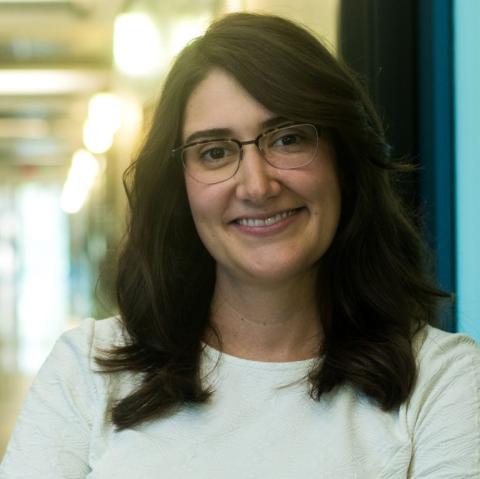event
Exceptions to Bed-Controlled Ice Sheet Flow and Retreat from Glaciated Continental Margins Worldwide
Primary tabs
The School of Earth and Atmospheric Sciences Presents Dr. Lauren Simkins, University of Virginia
Exceptions to Bed-Controlled Ice Sheet Flow and Retreat from Glaciated Continental Margins Worldwide
Realistic projections of ice sheet behavior hinge on how fast-flowing ice streams evolve and the extent to which marine-based grounding lines are stable. The style and stability of ice flow and grounding line retreat are governed to some degree by the nature of coupling between the ice and underlying terrain (i.e., bed).
Bed topography and substrate are widely considered to be important controls on ice sheet flow and retreat, modulating ice system behavior across entire catchments. Nonetheless, few efforts assess the ubiquity of these controls, despite current concerns over ice sheet stability and reducing the uncertainty gap in predictive ice sheet models. We ask to what degree catchment-scale bed characteristics determine ice flow and retreat, drawing on the landform imprint of palaeo-ice sheet decay from 99 sites on continental shelves around the world.
An overarching goal is to be able to determine those bed properties under which we can expect consistent (i.e., predictable) ice sheet behavior, and conditions under which either flow or margin retreat is instead unpredictable. As expected, we find that topographic setting has broadly steered ice flow, and that the bed slope favors particular styles of grounding line retreat.
However, we find notable exceptions to accepted ‘rules’ of behavior: banks are not always an impediment to fast ice flow, retreat may proceed in a controlled, steady manner on reverse slopes and, surprisingly, substrate geology does not dictate the style of ice flow or retreat. We explore the implications of these exceptions and discuss the predictability of ice flow and retreat across a range of bed conditions.
Status
- Workflow Status:Published
- Created By:nlawson3
- Created:12/02/2019
- Modified By:nlawson3
- Modified:02/04/2020
Categories
Keywords
Target Audience

